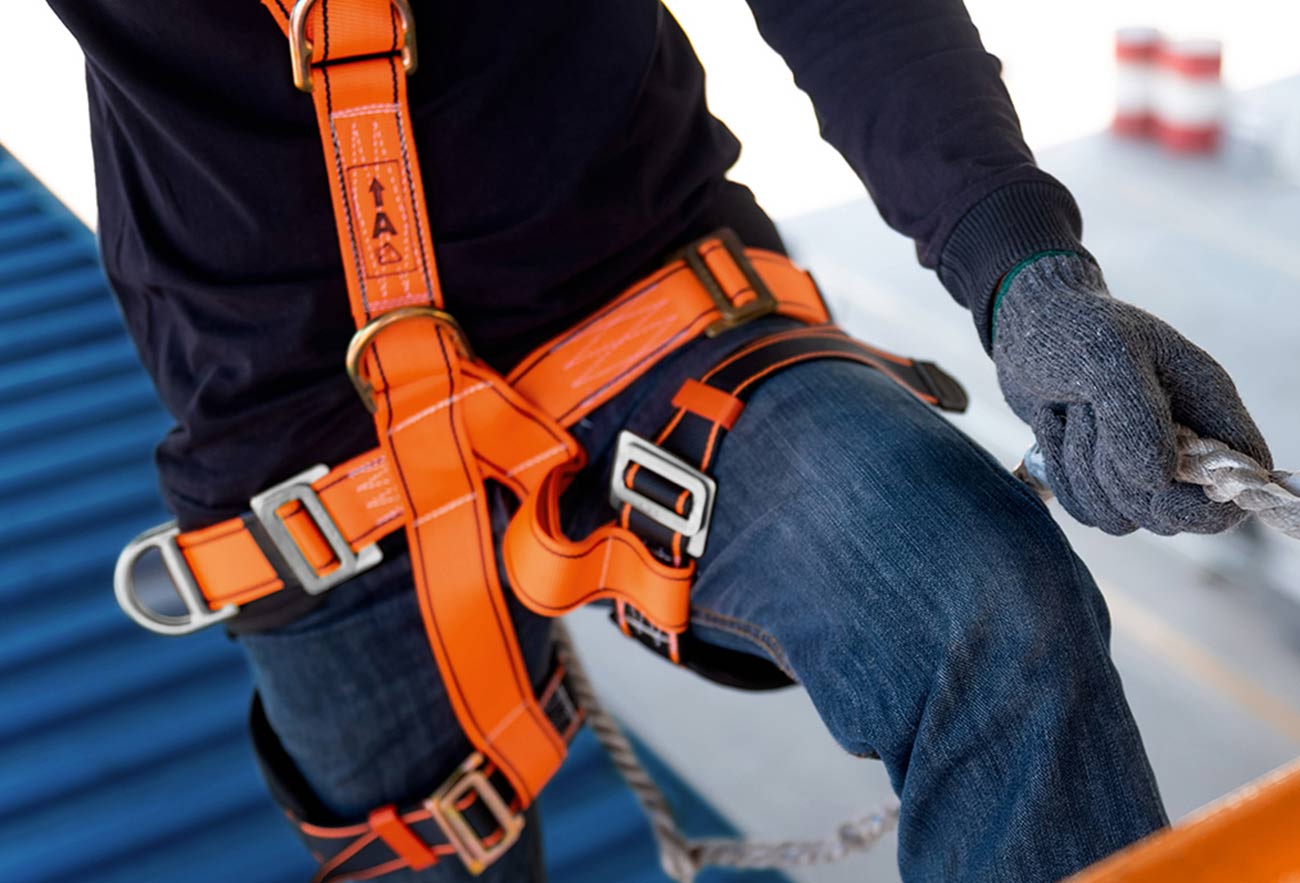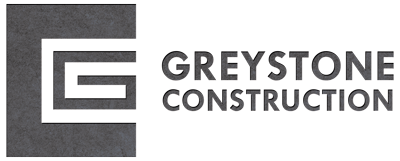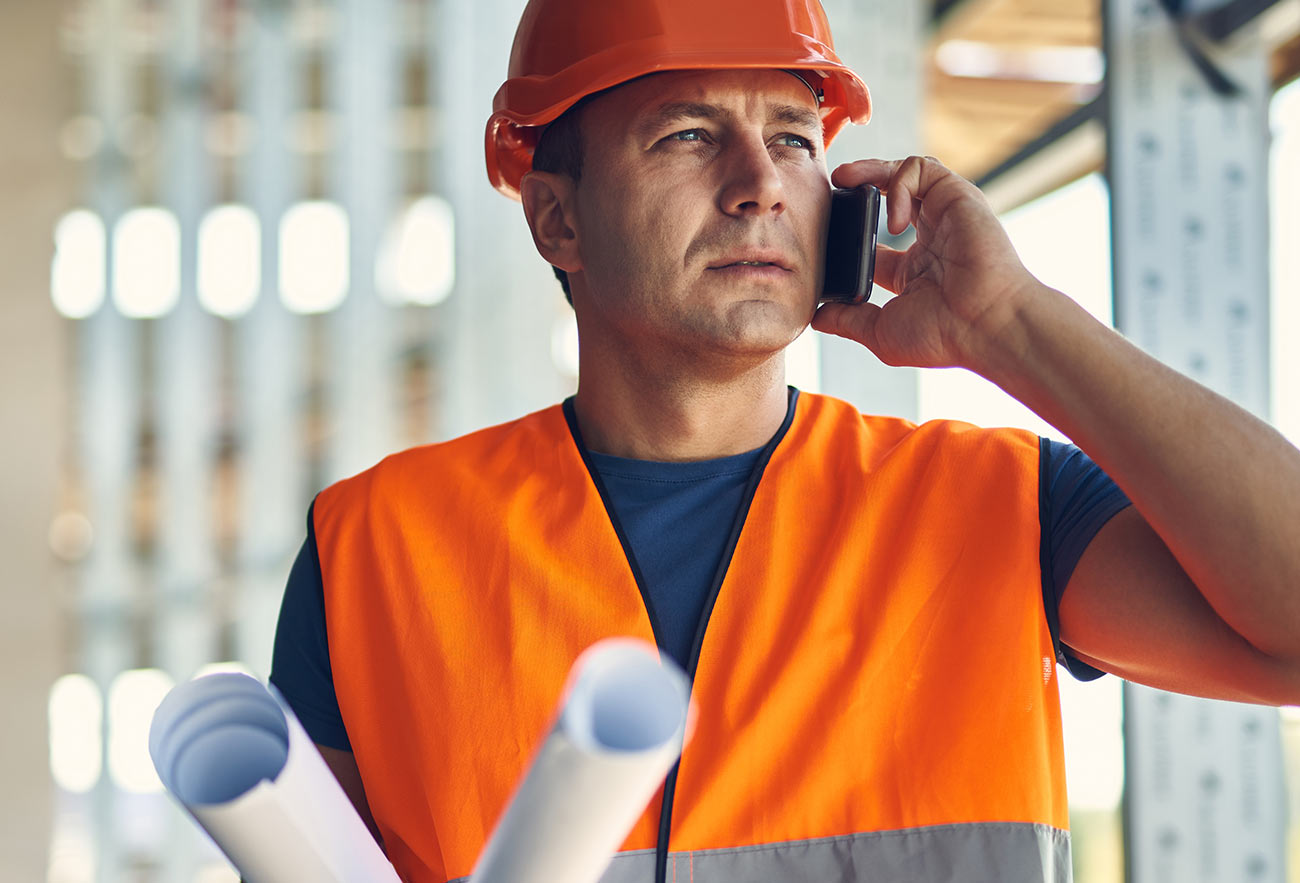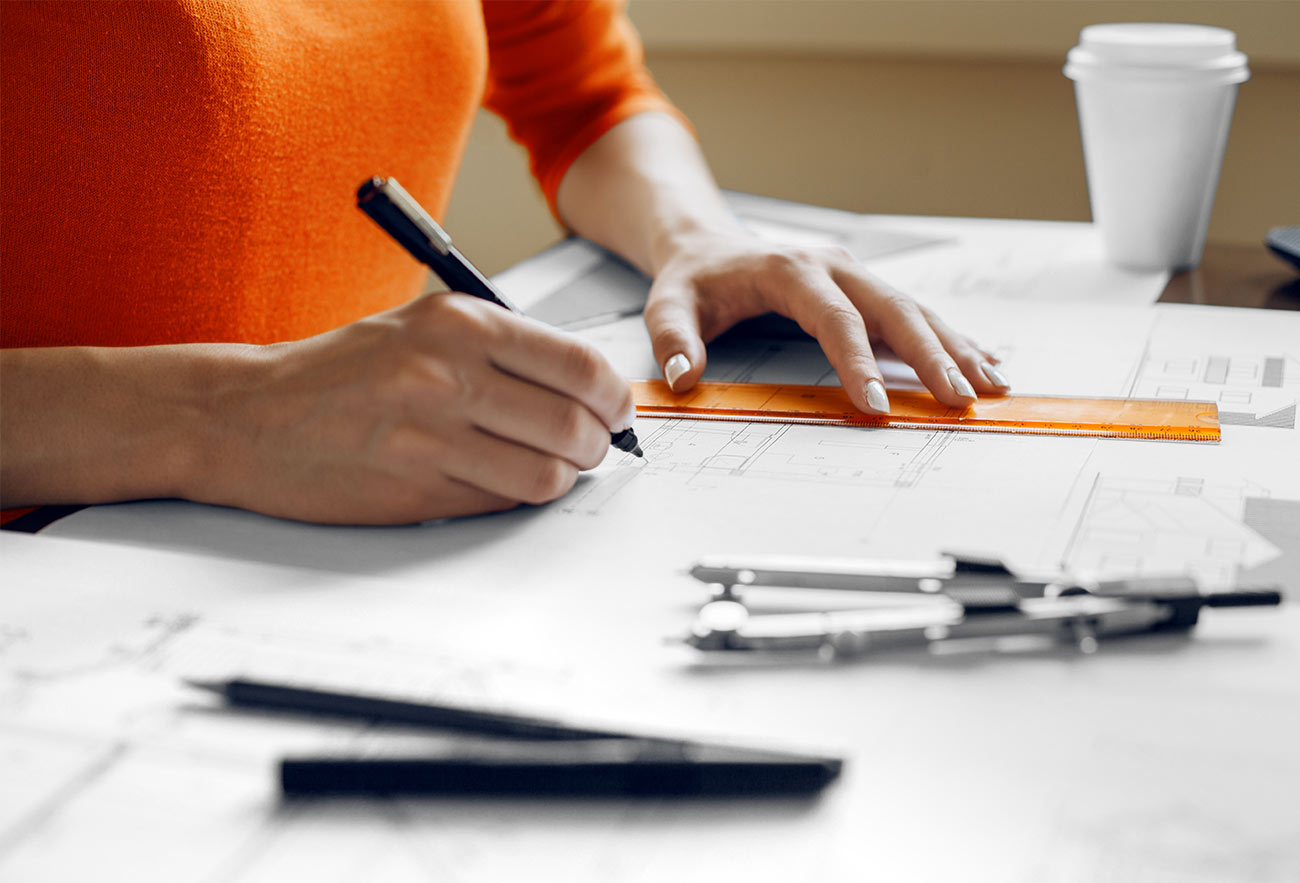
Key Safety Measures & Why Implement Them
Keep Workers Safe in the Construction Industry
There are several ways to improve health and safety in your workplace, and it doesn’t have to cost an arm and a leg. We have put together a list of our top 7 ways to keep workers safe in the construction industry.
Construction workers operating in high and medium risk environments are required to have sufficient health and safety training.
.01 Ensure employees wear the correct protective gear.
Wearing the correct personal protective equipment (PPE) could mean the difference between a minor injury and a long-term injury or even a fatality. It’s important to provide your employees with the appropriate PPE relative to the type of work being carried out. This can include helmets, ear protection, safety goggles, knee pads and hi-vis jackets. If they become worn or unfit for purpose, they need to be replaced immediately. Make sure they wear them, too!
.02 Correctly construct and maintain scaffolding
When erecting scaffolding, there should be no shortcuts or improvisations. It should be built on stable ground with solid footing to eradicate the risk of it collapsing. Be sure to maintain and repair any damage or inconsistencies of the structure, as well as ensuring that all employees using the scaffolding to have an adequate level of scaffolding safety training.
.03 Health & safety training
Construction workers operating in high and medium risk environments are required to have sufficient health and safety training. They should be fully competent and aware of the risks associated with their actions, especially when working at height, with machinery or in confined spaces. It is also advised that they have an appropriate awareness of first aid, being able to administer basic life-saving techniques if necessary.
.04 Display clear signs
Construction sites are full of potential dangers, not just for workers but for the public too. It is important to highlight any hazards with signs and posters, warning everyone nearby to take pre-cautions. Signs are a cost-effective way of reducing accidents, which could indicate dangers such as falling objects, turning large vehicles or presence of gas/chemicals.
.05 Use technology
In today’s technological world, almost every adult owns a mobile phone – a majority of these being smartphones. It is not all about texting and calling now – with smartphones comes apps and a whole universe of possibilities.
The StaySafe app offers lone worker monitoring, with life saving features including a panic button, check in, ‘man down’ non-movement alerts and low battery reminders. It is an excellent way to monitor your staff’s safety whilst working separately, as well as share risk assessments and to manage projects.
.06 Inspect tools and equipment regularly
Construction workers rely on their tools to work efficiently and get jobs done. If their tools are unsafe or broken, there are higher risks of serious accidents including the loss of limbs. Equipment should regularly be inspected to ensure there are no equipment malfunctions or defects. It is both the responsibility of the worker and the employer to highlight issues with defective equipment.
.07 Communicate
Communication is a major factor in keeping employees safe. Staff should communicate with each other and with any alternative party if they identify potential risks. Those working onsite should be aware of existing potential hazards but also have a conscious awareness of other dangers. Employees should be regularly asked about what they think could make their job safer and have the opportunity to report any accidents or near-misses.


